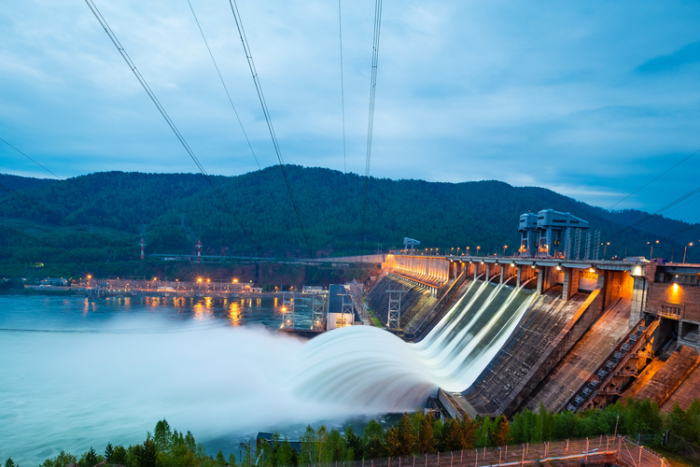The term “renewable energy” is defined as a source of energy that is replenished at a higher rate than consumed or those that are in functionally infinite supply (the sun, the wind, the earth, etc.).
For Thomas Insights
Image Credit: Evgeny_V / Shutterstock.com
Fossil fuels such as coal and oil emit large amounts of greenhouse gases (carbon dioxide, water vapor, nitrogen oxides, etc.) that get trapped in our atmosphere, heating the planet and causing irreparable ecological damage. Consequently, sources of renewable energy are becoming increasingly necessary to safeguard humans and countless other species on Earth.
The term “renewable energy” is defined as a source of energy that is replenished at a higher rate than consumed or those that are in functionally infinite supply (the sun, the wind, the earth, etc.). These types of renewable energy include:
- Solar energy
- Geothermal energy
- Wind energy
- Biomass
- Hydropower
1. Solar Energy
Solar energy is energy harvested from the sun through photo-voltaic cells ー you may know them better as solar panels. These devices convert the light energy of sunlight into electrical energy and deposit it into battery packs, where it can then be inverted to AC current to power the electrical grid, homes, and more.
There is also concentrated solar-thermal power (CSP), where an array of movable mirrors (known as heliostats) concentrate sunlight onto a central tower, generating an immense amount of heat on one point. Think of it as a magnifying glass in the sun. This heat is transferred to a molten salt fluid via a heat exchanger, which then boils water to spin a steam turbine and generate energy.
Solar power ー as both photovoltaic cells and CSP plants ー in 2020 made up about 3% of total U.S. electricity generation and is rapidly growing thanks to the reduced cost of solar equipment and increased demand and investment. Solar power is attractive because sunlight is free, plentiful, requires no refinement or extraction, and is generally safe.
Its downsides are mainly its size requirements and cost. It would take more than 22,000 square miles of solar panels, or about the size of Lake Michigan, to satisfy the entire U.S. energy demand. This would not be cheap at current prices.
That being said, solar can have essentially no land use impacts by being installed on building roofs. It is projected that one in seven houses will have these rooftop panels installed by 2030, which would help offset the baseload power demands on nonrenewable sources.



